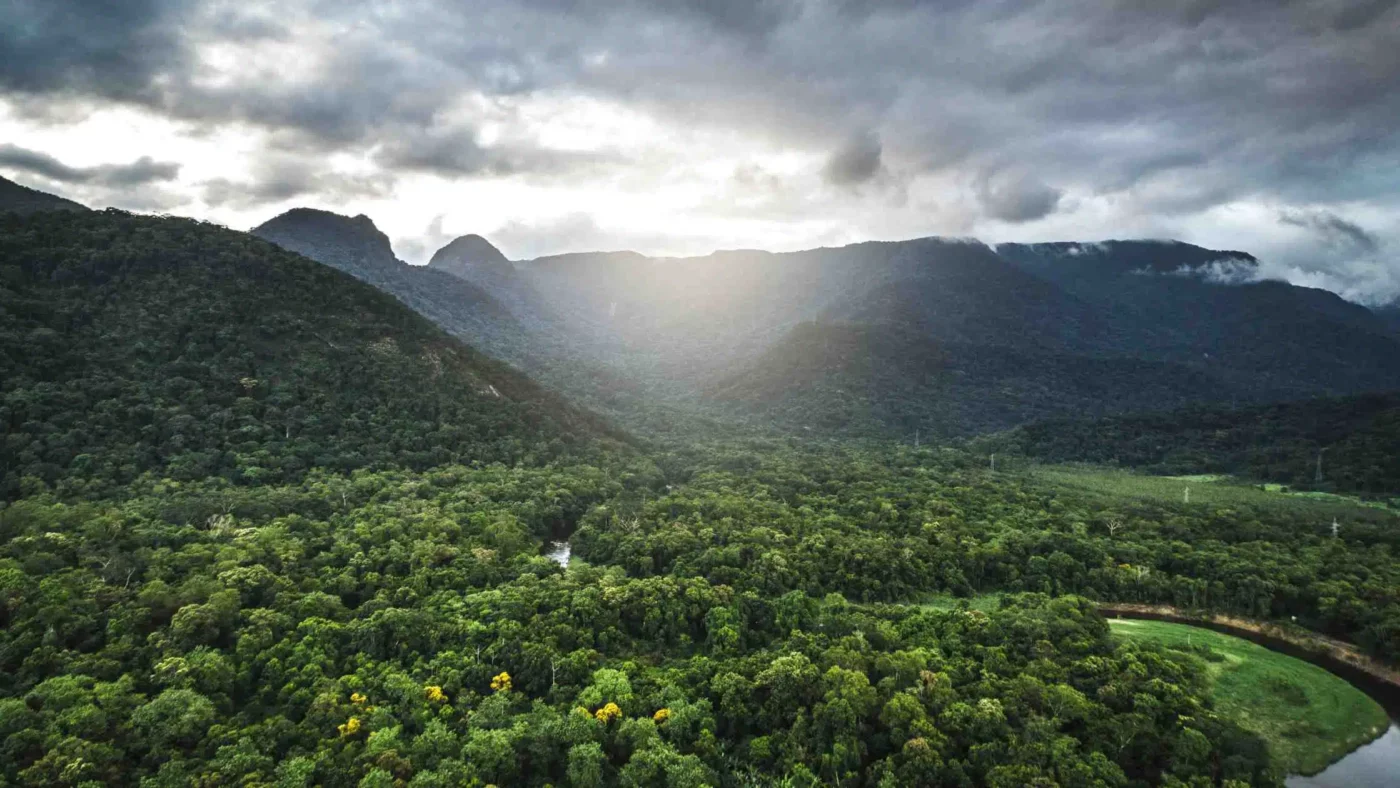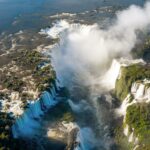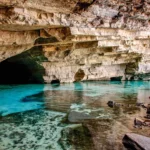Atlantic Forest Conservation: Preserving Brazil’s Coastal Biodiversity

Along Brazil’s vast coastline, a hidden gem of biodiversity thrives – the Atlantic Forest. Once covering a significant portion of the country, this unique biome has faced extensive deforestation and habitat loss over the years. Today, efforts to conserve the Atlantic Forest are gaining momentum, recognizing its ecological importance and the need to protect the diverse array of species that call it home.
The Atlantic Forest’s Historical Range:
Historically, the Atlantic Forest covered approximately 1.5 million square kilometers, stretching along Brazil’s eastern coast into parts of Paraguay and Argentina. However, human activities, including logging, agriculture, and urbanization, have reduced the forest’s extent to less than 20% of its original size. Despite this dramatic decline, the Atlantic Forest remains a crucial hotspot for biodiversity.
Biodiversity Hotspot:
The Atlantic Forest is recognized as one of the world’s biodiversity hotspots, housing an estimated 20,000 plant species, including numerous endemic and endangered ones. The forest is also home to a remarkable diversity of animal life, with species such as the golden lion tamarin, jaguar, and the endangered red-browed Amazon parrot. The intricate ecosystems within the Atlantic Forest contribute to its status as a global conservation priority.
Threats to the Atlantic Forest:
Urban expansion, agriculture, and illegal logging have posed significant threats to the Atlantic Forest’s survival. As human populations grow and economic activities intensify, the remaining fragments of the forest face fragmentation, disrupting crucial wildlife corridors and hindering the natural movement of species. Climate change further exacerbates these challenges, adding stress to the delicate ecosystems.
Conservation Initiatives:
Recognizing the urgency of the situation, Brazil has implemented various conservation initiatives to protect and restore the Atlantic Forest. The creation of protected areas, national parks, and biological reserves aims to safeguard key habitats and promote biodiversity. Reforestation projects have also been initiated to reconnect fragmented areas and restore the forest’s ecological balance.
Biological Corridors and Connectivity:
The concept of biological corridors has gained prominence in Atlantic Forest conservation. These corridors aim to reconnect isolated forest fragments, allowing wildlife to move freely and maintain genetic diversity. By establishing connections between protected areas, conservationists hope to mitigate the impact of habitat fragmentation and enhance the resilience of the Atlantic Forest’s ecosystems.
Engaging Local Communities:
Involving local communities in conservation efforts is crucial for the success of preserving the Atlantic Forest. Sustainable land-use practices, community-based conservation initiatives, and eco-friendly tourism provide opportunities for local populations to participate in and benefit from the protection of their natural heritage. These efforts not only contribute to biodiversity conservation but also support the well-being of nearby communities.
International Collaboration:
The conservation of the Atlantic Forest requires collaboration on both national and international levels. Brazil has engaged in partnerships with global organizations, non-governmental agencies, and research institutions to garner support for conservation projects, share knowledge, and secure funding. International awareness and cooperation are essential for addressing the transboundary nature of biodiversity conservation.
Preserving the Atlantic Forest is not only a matter of protecting Brazil’s rich biodiversity but also a global imperative for sustaining the health of the planet. Through a combination of protected areas, reforestation, community engagement, and international collaboration, efforts to conserve the Atlantic Forest are making strides toward ensuring that this coastal biome continues to thrive for generations to come.

